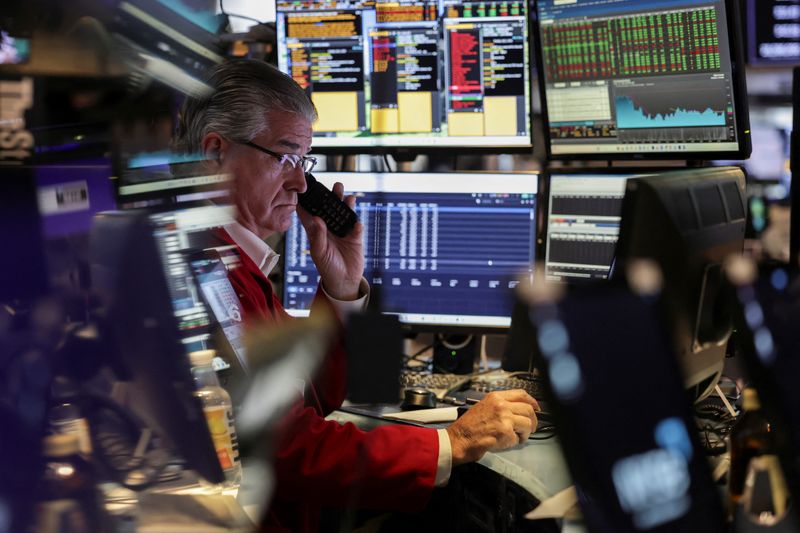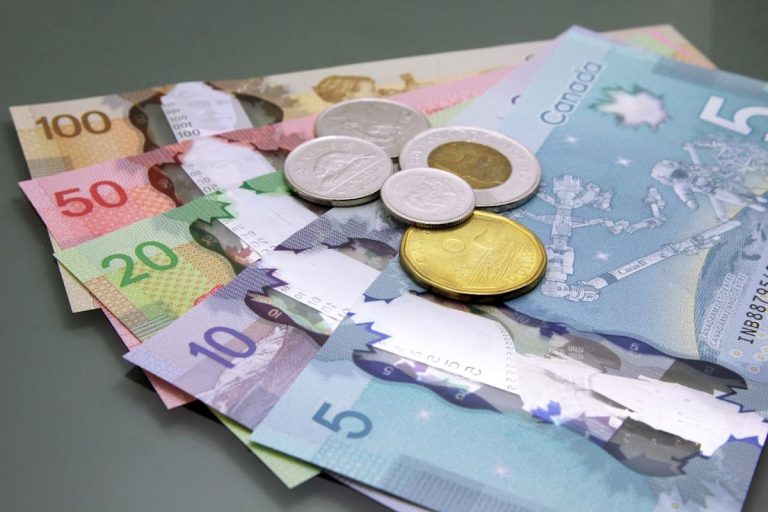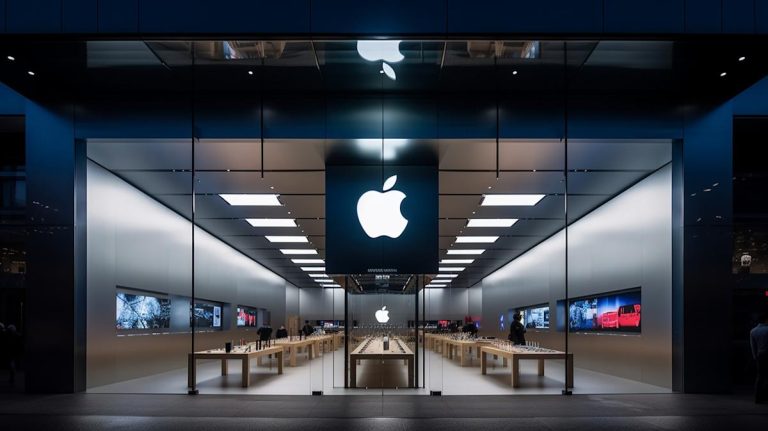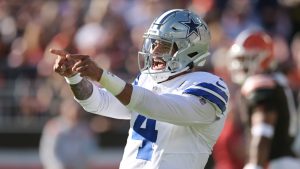By Lewis Krauskopf, Saqib Iqbal Ahmed and Laura Matthews
NEW YORK (Reuters) -Three months after President Donald Trump’s sweeping global tariffs led markets to plunge and then rebound ferociously, investors are grappling with the fallout from the still-shifting trade backdrop and adjusting strategies to withstand sudden policy shifts.
Among the lessons for investors from Trump’s “Liberation Day” tariff announcement on April 2, and the developments since then: Brace for surprises from the Trump administration and be flexible. Pay attention to trade as you would monetary and fiscal policy. Don’t over-react to headlines — but also make your portfolios as resilient as possible to tariff news.
“We’re used to just thinking in terms of fiscal and monetary, but now trade policy is almost like this third leg of government policy and how it affects the economy,” said Michael Reynolds, vice president of investment strategy at Glenmede.
Investors had been laser-focused on Wednesday, which marked the end of a 90-day pause Trump has placed on many of the most severe “reciprocal” tariffs he had imposed in April on trading partners. The White House on Monday delayed the start of tariffs to August 1, while telling 14 nations that they would face levies ranging from 25% for countries including Japan and South Korea, to 40% for Laos and Myanmar.
“Investors, and the market more broadly, are used to literal interpretations of announcements and what we’re realizing with the Trump administration is that is dangerous because there is often flexibility ultimately in the end result,” said Mark Hackett, chief market strategist at Nationwide. “We’ve learned over the last three months there is flexibility.”
Stocks tumbled in the days following the “Liberation Day” announcement, with the S&P 500 falling to the brink of a bear market. Stock and bond volatility spiked, with the daily equity index swings among the most severe since the onset of the coronavirus pandemic in early 2020.
But stocks began climbing back following Trump’s pause. A U.S. deal with the U.K. and a truce with China kept the market’s momentum going. Volatility measures moderated significantly as well, with the Cboe Volatility index, Wall Street’s “fear gauge”, falling to its long-term median level.
Helped by a better-than-feared first-quarter earnings season and economic data, the S&P 500 on June 27 hit a record high for the first time in over four months. The benchmark index is now up about 6% for the year.
“Uncertainty at Liberation Day was very open-ended,” Reynolds said. “But the outline of a couple of these initial trade deals have kind of narrowed the field of what’s probable on tariffs… The fact that we don’t have this open-ended risk where tariffs could go anywhere I think is pretty constructive.”
Even so, he said, the rebound has been “so swift and large in magnitude that it wouldn’t surprise us to see a near-term pullback.”
Stocks are not fully factoring in the negative impact to earnings from tariffs that are already in place while investors may be overly optimistic that trade deals will be completed, said Kristina Hooper, chief market strategist at Man Group.
“I’m not convinced that all the pieces are there for the stock market to be as positive as it is,” Hooper said.
One lesson from the past few months, Hooper said, is the potential for tariffs to “come out of left field.” She pointed to Trump’s threat this week that countries aligning themselves with the “Anti-American policies” of the BRICS bloc will be charged an additional 10% tariff.
“What I’ve learned is to expect to be surprised,” Hooper said.
Some investors have referred to the acronym “TACO”, or Trump Always Chickens Out, as a rationale for why markets should not fear the announcement of harsh tariffs because many believe they will likely be moderated.
Heading into this week’s initial tariff deadline, King Lip, chief strategist at Baker Avenue Wealth Management, said that market complacency was high and he expects more choppiness as trade uncertainty rises again.
“The biggest risk for investors now is that there is no pause after the trade deadlines and large tariffs are imposed by the administration,” Lip said.
While stocks have rebounded, the U.S. dollar has continued to weaken since Liberation Day, sliding about 6% against a basket of major currencies. Investors have trimmed exposure to U.S. assets while also reassessing the greenback’s status as the world’s reserve currency because of the uncertain policy backdrop.
Gold, which tends to benefit as a safe-haven asset during times of geopolitical uncertainty, has climbed 6% since April 2 and is up 26% on the year.
Some investors have shifted strategies to manage through tariff uncertainty.
Janus Henderson Investors has been paring back holdings in some portfolios that could be more vulnerable to tariffs, such as Japanese and European automakers and exporters with long supply chains, said Julian McManus, portfolio manager at the firm.
Meanwhile, the firm has been favoring service companies that are removed from the crosshairs of the trade war, such as digital services or online music streaming companies.
“We’ve been extending timelines and making portfolios more resilient,” McManus said. “It’s just important to keep a cool head and not get caught up in the day-to-day headlines that can be unsettling.”
(Reporting by Lewis Krauskopf, Saqib Iqbal Ahmed and Laura Matthews; Editing by Alden Bentley and Nick Zieminski)







